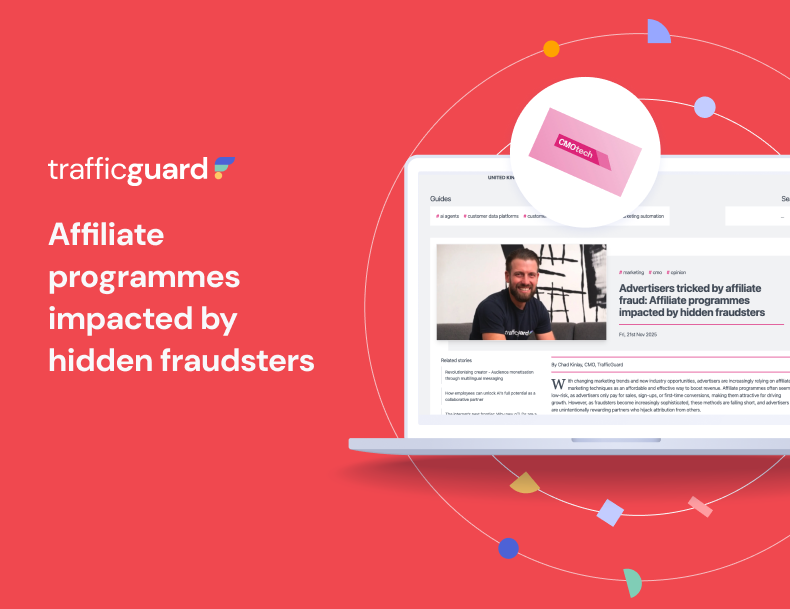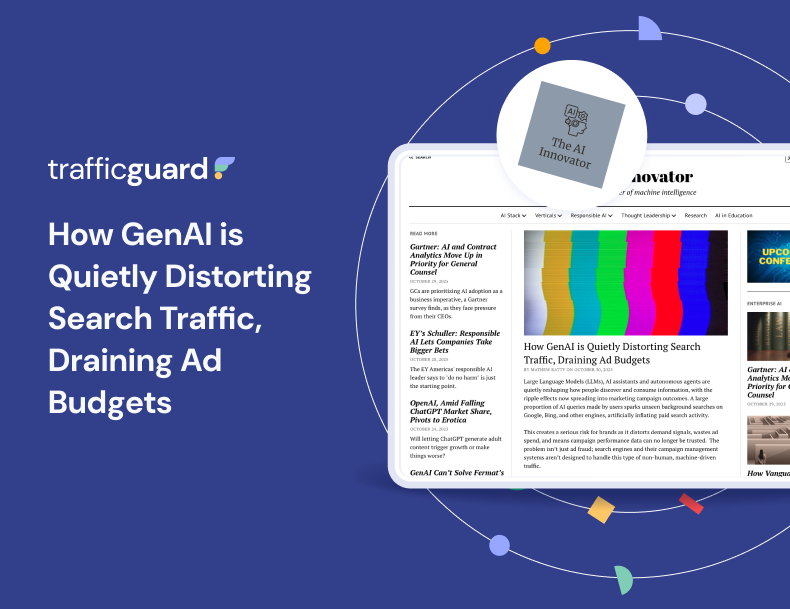Twitter: A Risky Ad Spend Venture or Resurging Platform for Growth?

In a media landscape increasingly driven by digital platforms, it's no coincidence Twitter often finds itself at the center of conversation - particularly when it pertains to online controversy. The popular social discourse channel has drawn intense scrutiny over recent years, be it for its eccentric owner Elon Musk, or its ability to offer fertile ground for political misleading and the perpetuation of false or fake information. Amongst the criticisms of its mailable guidelines and policies also sit its advertising practices. Twitter's approach to advertisements has ignited passionate debates, sparking concerns over user experiences, safety concerns, transparency, and a number of ethical considerations.
Critics have raised their voices against what they perceive as a lack of openness surrounding Twitter's advertising ecosystem. The platform's algorithms and targeting methods have often come under fire for their opacity - leaving users and experts questioning the motives behind ad placements and their potential to manipulate or exploit individuals. Following several accusations of bias and selective acceptance or rejection of political ads, Twitter has taken steps to address concerns and mitigate the noise, through measures such as enhanced ad transparency and disclosure, stricter verification processes and increased labeling - as well as the very pertinent announcement of former NBCUniversal's head of advertising, Linda Yaccarino as the new chief executive officer. Leaving the media giant after a 12-year stint (she commenced with NBCUniversal in October 2011), Yaccarino has been dubbed as the 'superwoman' of Twitter with her extensive experience in helping her former employers navigate through unprecedented upheaval and digitisation of traditional media over the last decade.
So could GroupM's recent assessment that the era of 'high-risk' ad ventures on Twitter is drawing to a close really be true? And is Yaccarino's appointment a signal for 'cautious optimism' to take its place? We asked five APAC industry experts to weigh in.

This news signals a positive change for the marketing industry. However, it is imperative for marketers to remain vigilant and address the potential of increased ad fraud on Twitter now. With Generative AI, Twitter's Blue paid subscription, fraudsters now have faster access to larger datasets, enabling them to engage in large-scale fraudulent activities. This poses a demoralising challenge for marketing teams who invest significant time and resources in building campaigns and nurturing consumer relationships, only to witness them being undermined by a swarm of bots. By managing campaigns through controlled budgets and actively verifying advertising engagements, marketers can proactively block invalid traffic stemming from bots, fraud, or competitor clicks. Transparency also plays a pivotal role: marketers need a clear understanding of where their ad spend is allocated in real time to effectively mitigate the risk of fraud. By adopting these strategic measures and investing in the right technology, marketers and agencies can protect their campaigns, budgets, and brand reputation on Twitter.
Read more 👉 here.
Get started - it's free
You can set up a TrafficGuard account in minutes, so we’ll be protecting your campaigns before you can say ‘sky-high ROI’.
At TrafficGuard, we’re committed to providing full visibility, real-time protection, and control over every click before it costs you. Our team of experts leads the way in ad fraud prevention, offering in-depth insights and innovative solutions to ensure your advertising spend delivers genuine value. We’re dedicated to helping you optimise ad performance, safeguard your ROI, and navigate the complexities of the digital advertising landscape.
Subscribe
Subscribe now to get all the latest news and insights on digital advertising, machine learning and ad fraud.







